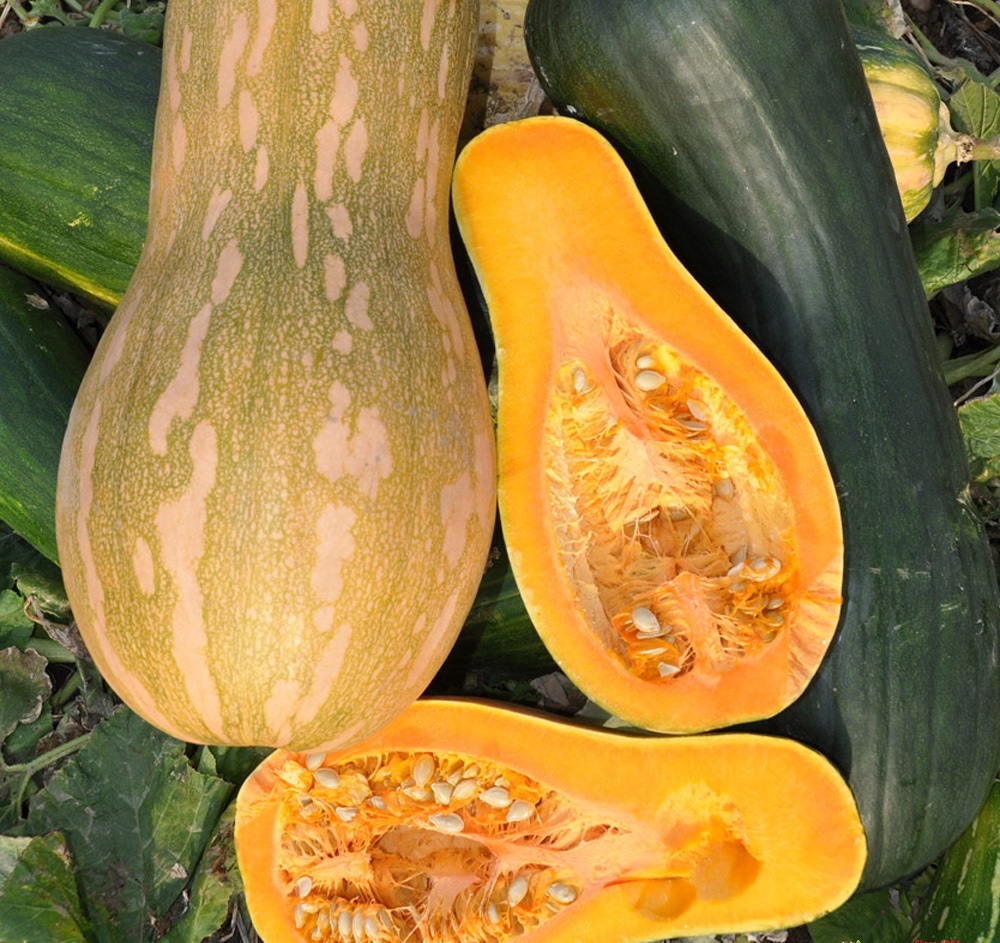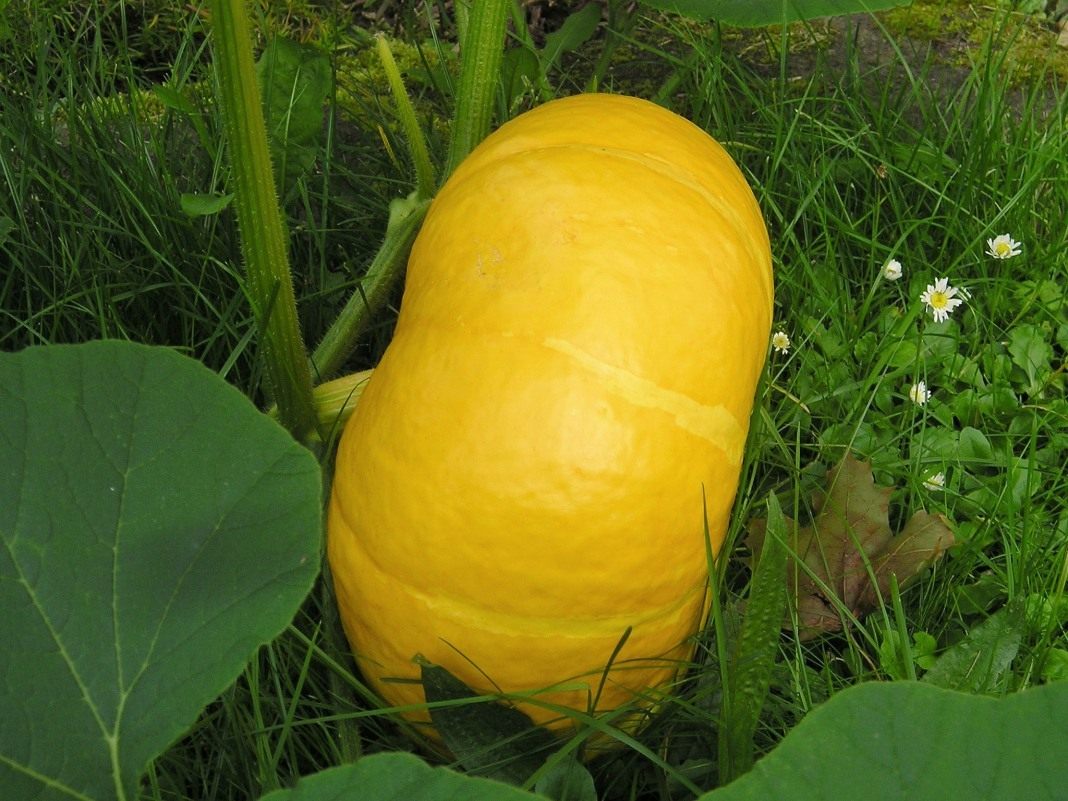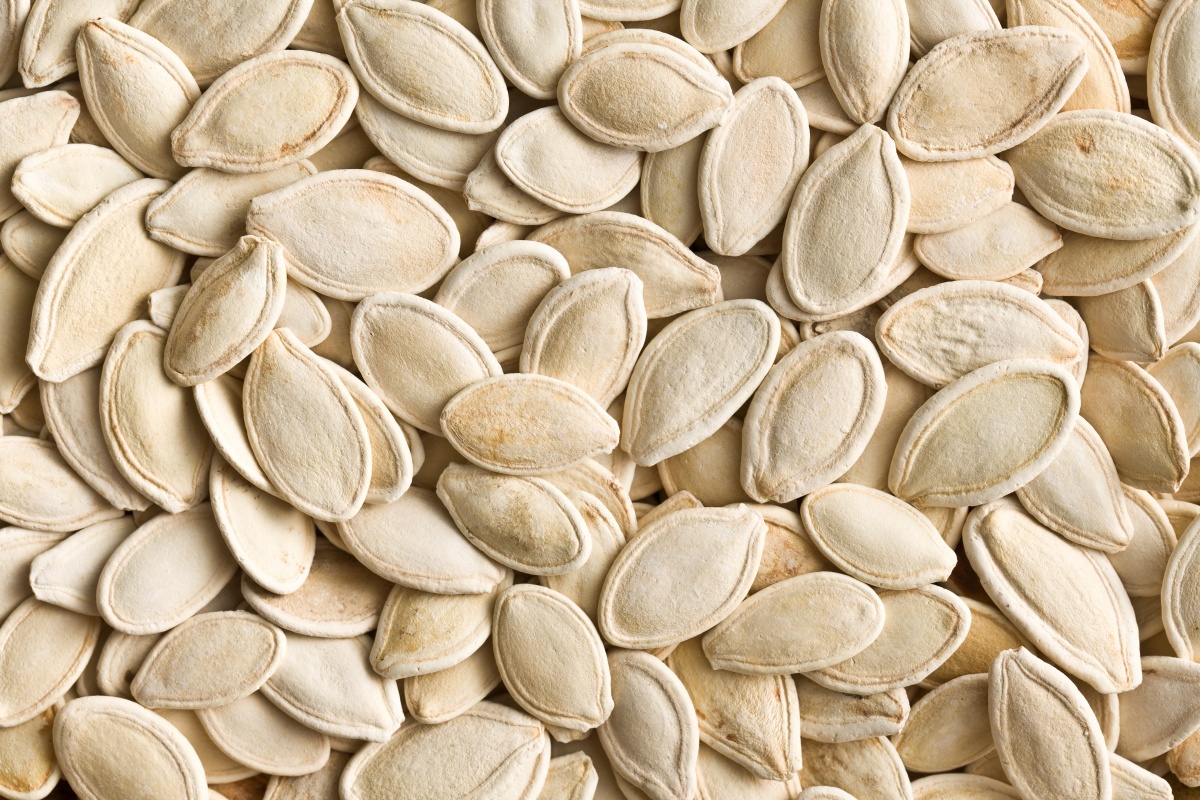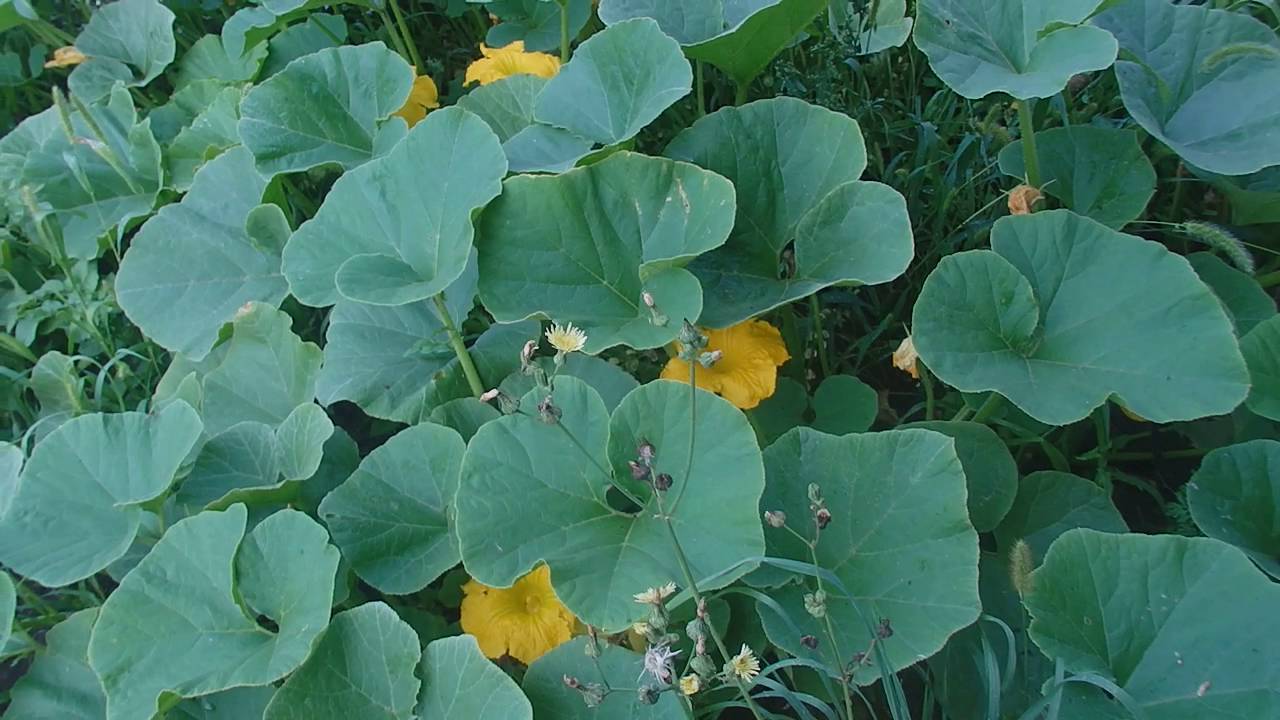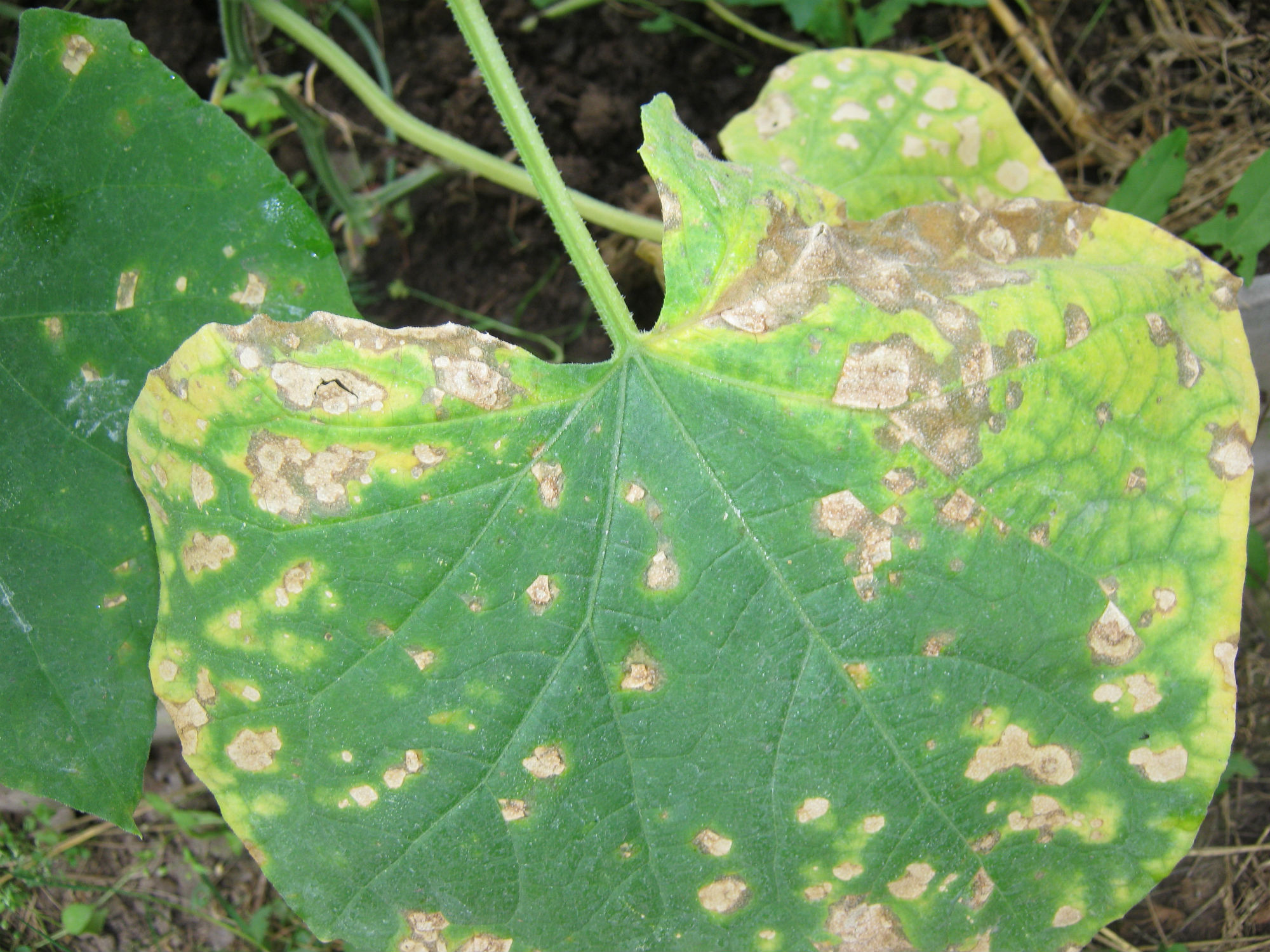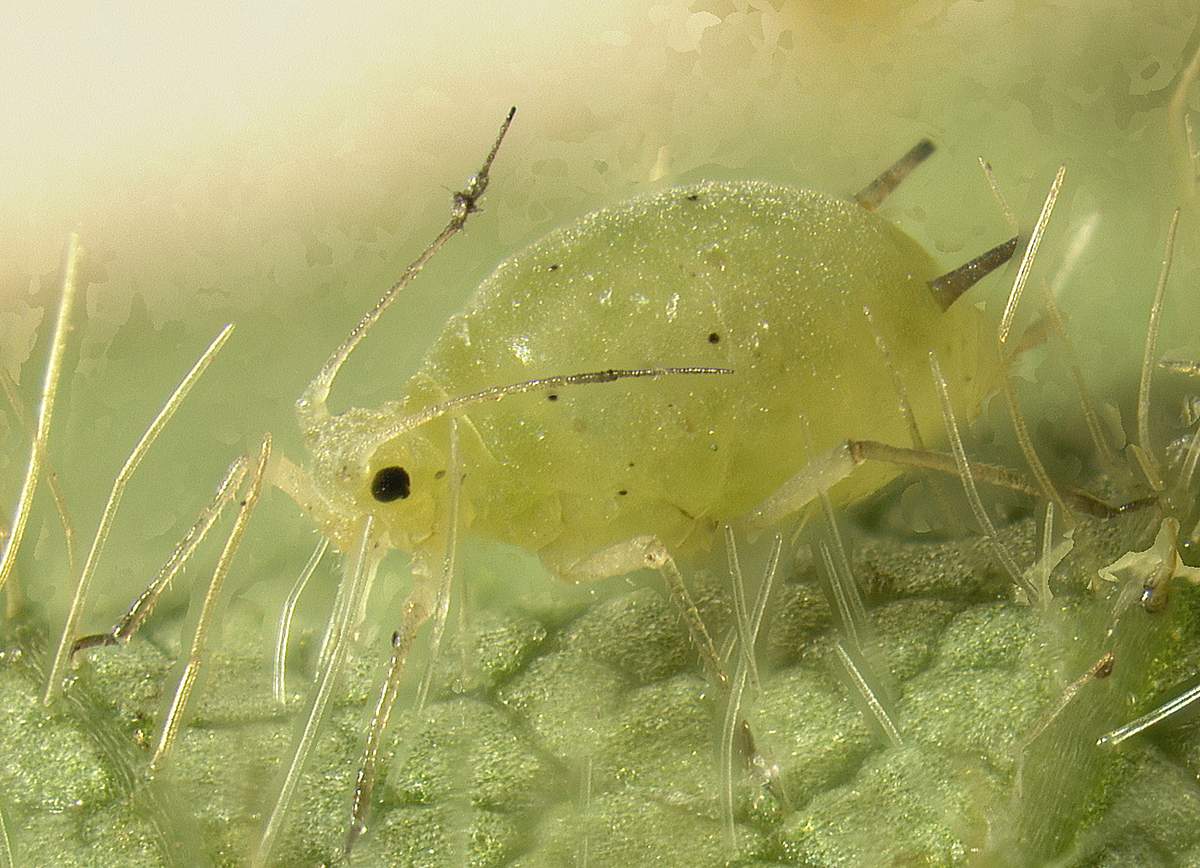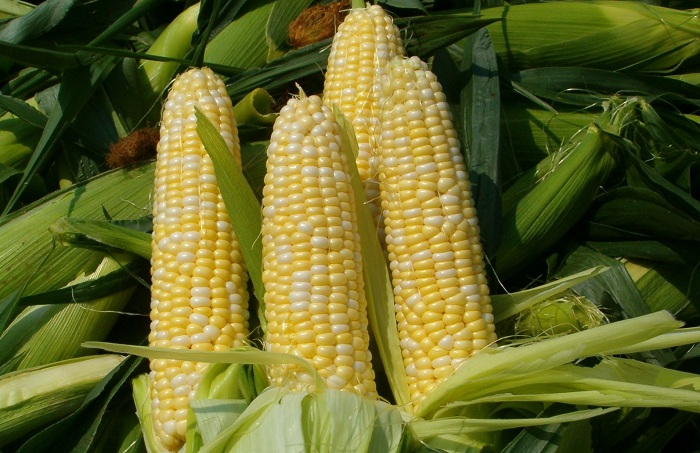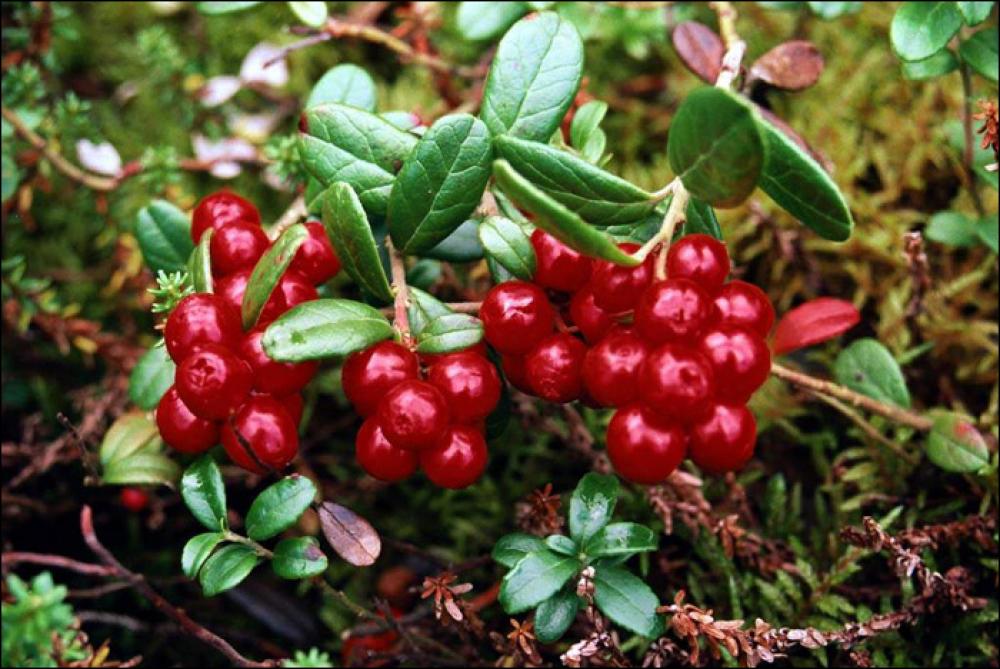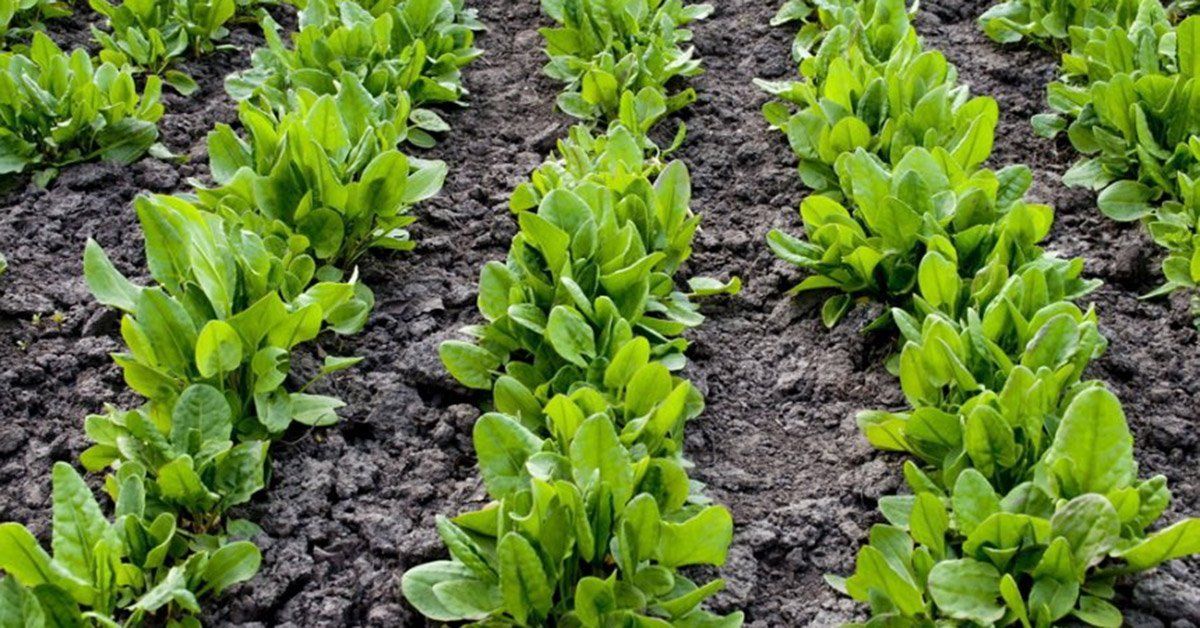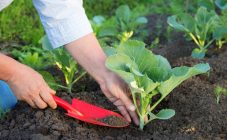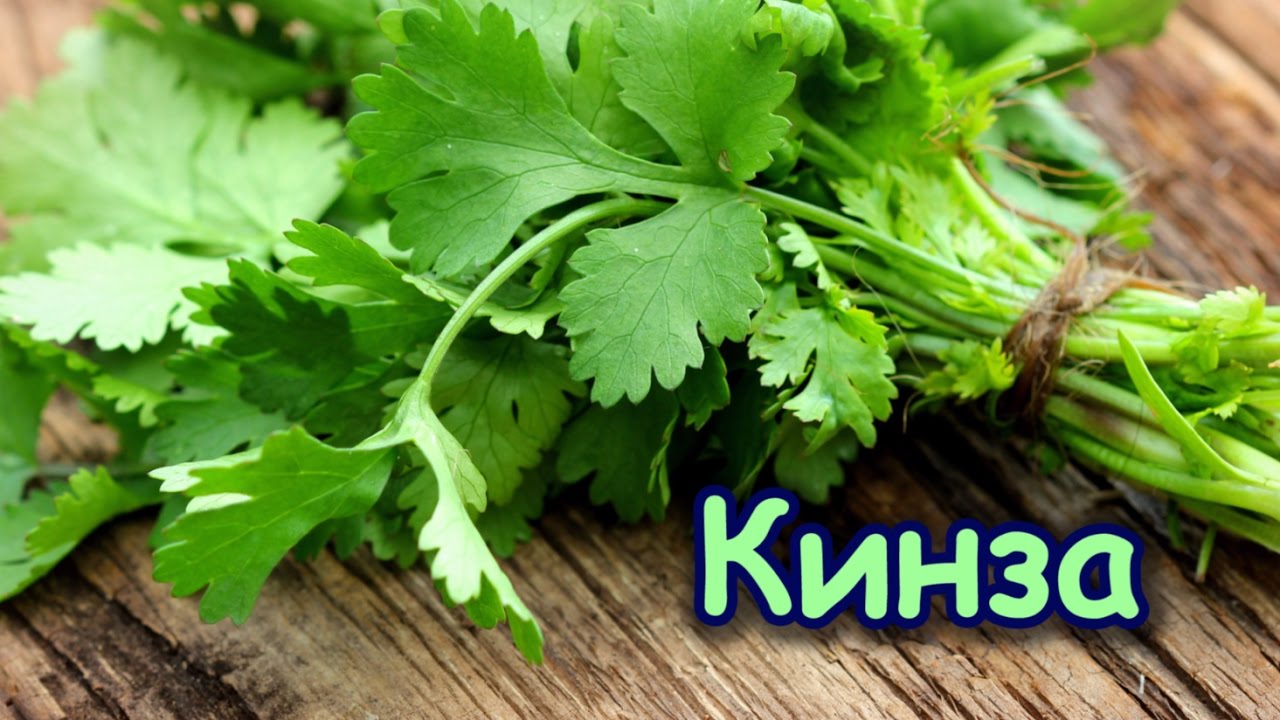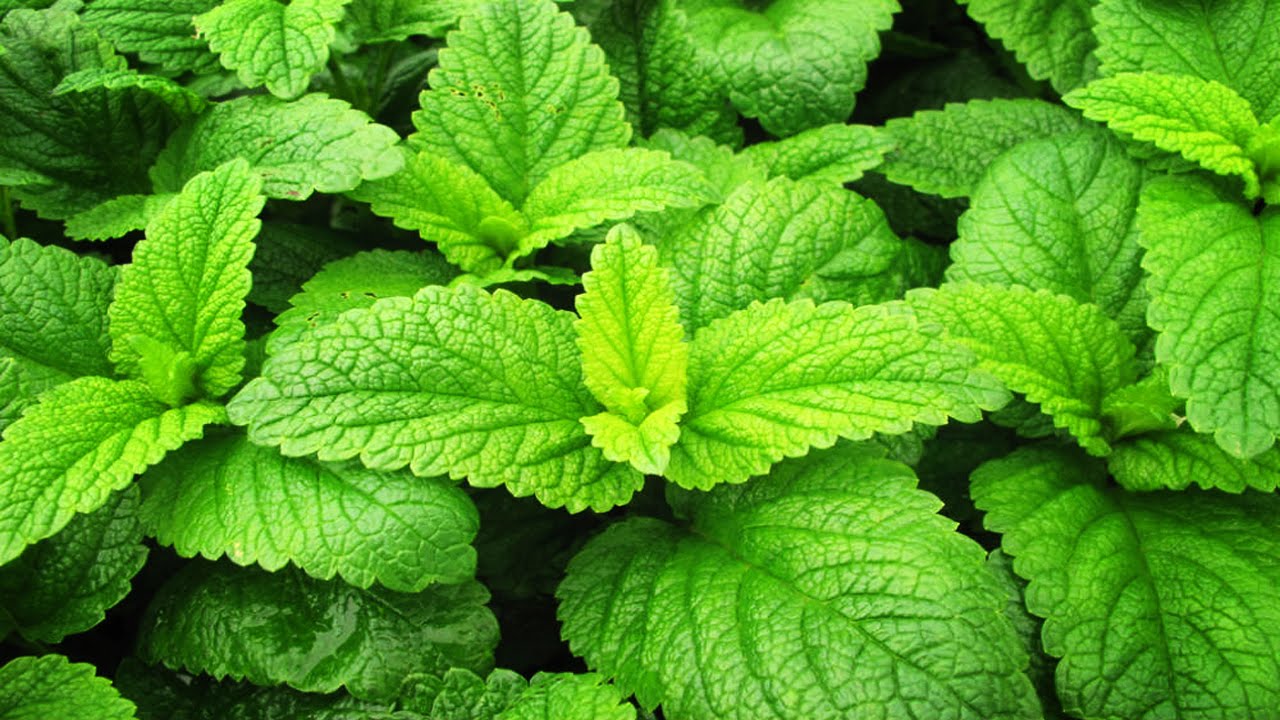Content:
Pumpkin is a vegetable crop with excellent taste, it is widely used in cooking and has a lot of useful properties. In order for a really tasty and healthy pumpkin to grow, planting and care in the open field must be carried out in accordance with all the rules of agricultural technology. It is equally important to choose the right variety.
The most famous varieties
In the suburbs and the Leningrad region:
- Table pumpkin variety Premiere. It is resistant to cold weather, characterized by an elongated branched lash, sugar-rich and rather bulky fruits, reaching a weight of 6 kg. The yield does not depend on the fertility of the soil and its type.
- Dachnaya pumpkin variety. Early maturing, ripening period - 80 days. This variety has a characteristic pleasant sweet taste with pronounced vanilla notes. The weight of a mature fruit is 3-4 kg. The harvest is stored for at least 4 months. It is possible to grow table pumpkin in the open field
In the Urals:
- Russian woman. Cold-resistant variety, not susceptible to diseases of horticultural crops. The pulp is prized in cooking for its juiciness and sugar flavor. The weight of a mature pumpkin is about 3-4 kg. The crop ripens in about 120 days. The vegetables are colored in a pronounced orange color - this is the main feature of the variety.
- Butternut pumpkin Pearl. The ripening period for nutmeg gourds will be 100 days, the weight of the fruits reaches 5-7 kg. The taste is distinguished by pronounced notes of nutmeg. This variety reacts perfectly to cold weather, absence and, on the contrary, abundance of precipitation, resistant to various diseases.
Varieties for growing in Siberia:
- Freckle. The growing season for this variety is 80 days. The pulp of the fruit tastes like a melon, juicy and sweet. The crispy structure of the flesh remains even after cooking. Pumpkin weight - no more than 3 kg.
- Smile. This variety is bushy, resistant to sudden temperature changes, frost-resistant, tolerates high humidity well. A distinctive feature is a long shelf life, at least one year, as well as excellent taste. The growing season is about 100 days, vegetables reach a weight of 2-3 kg.
How to properly prepare a pumpkin for planting in the open field
There are two methods of pumpkin farming:
- planting unpicked seedlings;
- sowing prepared seeds.
To prevent infection, the seed must be etched in 30% saline solution; it can be prepared by dissolving 2 tbsp of water in 100 ml of water. tablespoons of salt. Seeds that can be used will drown, and sick and defective seeds will float to the surface.
For growing pumpkin in the open field, the seed is prepared in advance for planting by soaking it in water for 24 hours, or in sodium humate or potassium humate. After removing the seeds from the liquid, they must be left in a dark room for 48 hours at a temperature of 23 ° C above zero, previously covered with a wet cloth or gauze. The material must be constantly wet.
The sprouted sprouts are planted in containers with a diameter of about 10 cm, having previously prepared a soil mixture of peat, sand and garden soil, mixed in equal amounts.
In the Moscow region, pumpkin seedlings are transplanted to a permanent place as they throw out the third leaf.You should not plant seedlings less than 30 days old.
How long does it take for seeds to germinate
Ambient temperature is the main factor affecting the rate of seed germination. You can get the first shoots in seven days if the thermometer does not fall below 13-14 ° C at night. If the season is cool, in a month you can see 2-3 leaves on the stems.
To help the seeds germinate faster, it is recommended to soak them in growth-stimulating fluids. Aloe juice, wood ash infusion, potato juice and honey solution are good alternatives to chemicals.
How to choose a place and prepare the ground
Put on the garden bed, you need to pick up sunlit and even, located at a distance from straight-growing crops. The selected area must be fertilized in advance, adding 2 buckets of humus, half a bucket of sawdust, 2 liters of wood ash and 400 g of nitrophosphate for each square meter. It is recommended to dig the soil 50 cm deep and form beds about 70 cm wide.
When to plant a pumpkin outdoors
With the onset of spring (mid-May), when the thermometer stably reads 10 ° C above zero, pumpkin seeds or seedlings are planted in dry ground. Planting earlier can lead to rotting seeds or slow down the growth of vegetables. Knowing when to plant a pumpkin in open ground, you will be able to choose the right moment and all the fruits will have time to fully ripen.
Landing rules
It is recommended to reuse the allotment only after five years. The pH of the soil is desirable neutral - 4.5-5, as in sandy loam, light or medium loamy.
The holes are formed at a distance of at least 90 cm from each other. Planting depth of seeds is 7 cm. Seeds are placed in each well, pre-watered with two liters of water at a temperature of about 50 ° C above zero. From above the pumpkin bed should be covered with mulch from sawdust, peat or straw. In Siberian latitudes, planting of two seeds in one hole is practiced, and after they germinate, the most frail sprout must be removed.
The crops will not be afraid of frosts, if you create a greenhouse effect for them, for this you need to cover the seeds planted in open ground with a film, securing it around the perimeter of the garden.
When the sprouts reach 50 cm, the shelter must be raised by pulling it over the wire frame. The cover can be removed from mid-June.
Using a covering material instead of mulch, having cut cross-shaped shapes in it in advance, you can greatly facilitate the care of the pumpkin during growth.
Care rules
By fertilizing and watering the pumpkin in time, you can avoid many difficulties in caring for it.
Feeding methods
Fertilizers are used twice a month. A pumpkin planted in open ground is fed twice with mineral supplements:
- for the first time - when the fifth leaf appears, 10 g of dry nitrophosphate is applied under each bush;
- the second time - when the whips appear, 7 g of nitrophoska, diluted in 5 liters of water, are introduced under each plant.
No less useful is the feeding of pumpkin seedlings with wood ash at the rate of 1 glass per 1 root, as well as fertilizer from cow dung soaked in a proportion of 1 liter per 10 liters of water. Top dressing from the mullein is applied for the first time at the beginning of the growth and development of plants at the rate of 1 bucket per 6 roots, and then during the ripening of the fruits, at the rate of 1 bucket per 3 roots.
To apply fertilizers, you need to break through grooves around each bush, which should be widened when the bushes grow from 8 to 15 cm.The indentations are dug 15 cm from each other at the seedling stage, and after half a month they are increased to 40 cm.
Pumpkin watering rules
Before watering, the soil should be carefully loosened to a depth of 10 cm without damaging the horse system, and weeds should be weeded. Do not water pumpkins outdoors with cold water; you need to use water heated to 50 ° C.
During the flowering stage, you should pay special attention to watering:
- timely irrigation stimulates the formation of female inflorescences. At this stage, one bush requires at least 30 liters of water per day;
- in the ripening phase, on the contrary, water consumption should be reduced due to the fact that excessive moisture adversely affects the shelf life and taste of the crop.
Knowing all the secrets of proper planting and caring for pumpkin in the open field, you can grow a good harvest.
Methods for forming pumpkin lashes
It is necessary to form pumpkin whips so that the plant does not waste energy on unnecessary shoots and ovaries, due to this, the fruits are much larger, their taste improves. The main shoot is formed by pinching when it reaches a length of about 1.5 m. You need to save two lateral stems about 70 cm long, on each of which the fruit will ripen.
To stimulate the proper ripening of the pumpkin, the shoots must be pressed to the ground, lightly sprinkled with earth for rooting, half a meter from the main stem. To prevent infection of the developing fruits with fungal diseases, plywood or glass should be placed under each vegetable, which will protect against contact with damp soil.
Pumpkin pests and diseases
Pumpkin is most susceptible to fruit rot, powdery mildew and mosaic infestation. The main reason for their appearance is bacteria and fungi that develop due to high humidity.
Powdery mildew
The fight against this infection will be most effective if you start it with the first signs of fungus on the pumpkin leaves. It is necessary to spray them with a solution of 3 g of potassium permanganate or 2 g of copper sulfate, diluted in 10 liters of water. Ovaries and leaves are treated with a 1% solution of Bordeaux liquid.
This disease can be avoided by observing the irrigation regime, monitoring the crop rotation and completely destroying the infected plants.
Pumpkin mosaic
Infected plants must be removed from the site as soon as possible and burned, as this viral disease is very dangerous. To prevent it, you need to pull out weeds in a timely manner, disinfect garden tools, destroy insects, and destroy foci of infection in time.
Fruit rot
The affected areas should be cut with a knife and treated with fresh aloe juice. The treated area will dry out over time, and the pumpkin will continue to develop.
Pest control methods
A spider mite bypasses areas treated with an infusion of 200 g of onion husks in 10 liters of water or a 20% chloroethanol solution (20 g per 10 liters of water).
A significant danger is posed by pests that reduce the amount of the crop or completely destroy young crops. Among them:
- slugs;
- melon aphid.
The invasion of pests can be stopped with the help of chemicals, for example, Actellik, Fufanon, Citkor, etc. However, it is safer to use folk methods of insect control.
Effective methods of combating aphids are weeding weeds, treatment with a solution of 200 g of solid soap in 10 liters of water or a 10% solution of karbofos (60 g per 10 liters of water).
Also will help:
- chamomile infusions and decoctions;
- infusions of tops of tomatoes and potatoes;
- a decoction of wormwood or other herb with a pungent odor;
- wood ash;
- tobacco dust;
- slaked lime, etc.
Powdered components are powdered pumpkin, and sprayed with liquid agents. These activities must be carried out at least three times with a break of up to 10 days.
In order not to miss the attack of pests, it is necessary to inspect the beds every three days. This can notice the invasion in time and save the crop.
Harvesting and storage rules
Signs of a ripe pumpkin:
- the surface of the peduncle and the stalk that conducts food harden, become like a cork to the touch;
- the leaves of the whip dry up and turn yellow;
- after ripening, the texture appears on the peel more clearly;
- the crust cannot be damaged with a fingernail;
- the fruits are firm to the touch;
- a matte bloom appears;
- when struck, a ringing sound is heard;
- the peduncle is easily detached.
Pluck pumpkins carefully, without damaging the rind.If lesions do appear on the skin, they are sealed with a plaster, preventing microorganisms from entering the fetus. Harvested vegetables should ripen in a dry place for 30 days.
The pumpkin is not capricious in planting and care in the open field, which means, adhering to all of the above recommendations, any gardener can grow an enviable crop. This vegetable does not require special storage conditions, and it can lie until the New Year. Pumpkin is widely used in cooking, it can be used to prepare main dishes, soups, desserts, pies. It retains all its beneficial properties when preserved.
